It was October 2000. My seventeen-year-old Palestinian friend, Asel Asleh, had just been murdered by an Israeli police officer. I wanted to respond somehow, to ensure that Asel’s life and the injustice of his murder would have lasting impact. I asked Asel’s older sister Nardin if she wanted to partner with me in in writing a documentary play and began interviewing her about her memories with Asel. I never imagined that fifteen years later There Is A Field would become a framework for exploring Black-Palestinian solidarity.
In summer 2014, as my organization Donkeysaddle Projects was planning a university tour of the play and delving into re-writes, eighteen-year-old Michael Brown was murdered by police officer Darren Wilson in Ferguson, Missouri. Diving back into the details of my young friend’s murder at the hands of an Israeli police officer, and then watching the Ferguson uprising play out on the news… the parallels felt visceral. My colleague Nadia Ben-Youssef (founder of the Adalah Justice Project) and I began to explore the question: How might There Is A Field draw connections between the state violence and white supremacy experienced by marginalized communities in the United States with that experienced by Palestinians? How might the project strengthen intersectional movements for social transformation?
We reached out to historically black colleges and universities (HBCUs) for the upcoming tour, anticipating that themes of police brutality, impunity, and structural racism would resonate with students there. Attendance for our first event at an HBCU, Bowie State, was small—perhaps thirty students—but the response was raw. Among the one-word reflections students offered at the end of the performance were: “familiar,” “Baltimore” (where Freddie Grey had been murdered at the hands of police in 2015), “relatable,” and “Tamir” (referencing Tamir Rice, the twelve-year-old boy murdered in Cleveland by a white police officer in 2014). The audience at Bowie State—and later at Howard, Morehouse/Spellman, and Florida A&M—identified dozens of moments in the play that felt connected to their lived experiences, from the police killing itself and lack of indictments to the interactions laced with racism that Nardin had experienced in her university, the supermarket, riding the bus, and at her workplace.
It felt increasingly clear that There Is A Field could facilitate deeper solidarity work than was possible via a performance and talkback. We wanted to use the play with historically oppressed communities in the United States to build a deeper understanding about Palestine, to strengthen analysis around intersectional oppression and freedom struggles, and to solidify a commitment toward mobilization and action.
I reached out to Black and Arab artists, activists, and educators to develop a curriculum using There Is A Field as a basis for theatre-based community residencies. Over the next two years, our team led ten residencies in Poughkeepsie, New York City, Tennessee, and throughout Florida, and co-produced a series of staged readings in Washington, DC. In each community, we partnered with a coalition of local racial and social justice organizations. The participants, between ten and fifteen primarily Black artists and organizers per residency, were recruited from those organizations.
Each residency culminated with the participants performing the staged reading for an invited audience of family members, friends, and colleagues. Participants led the audience in a discussion of some of the issues they had spent the week examining, related to the parallels between the story in the play and experiences of BIPOC communities in the United States.


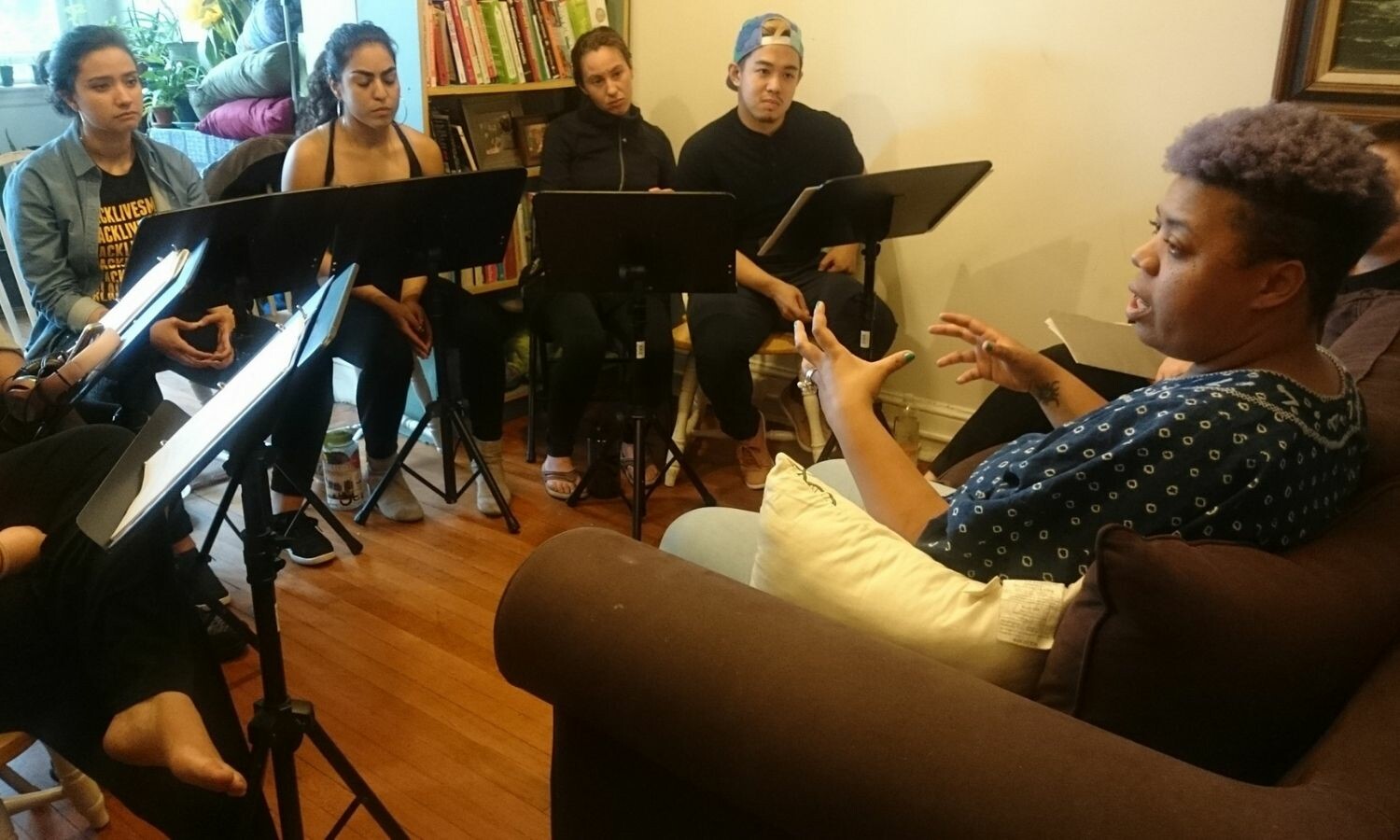
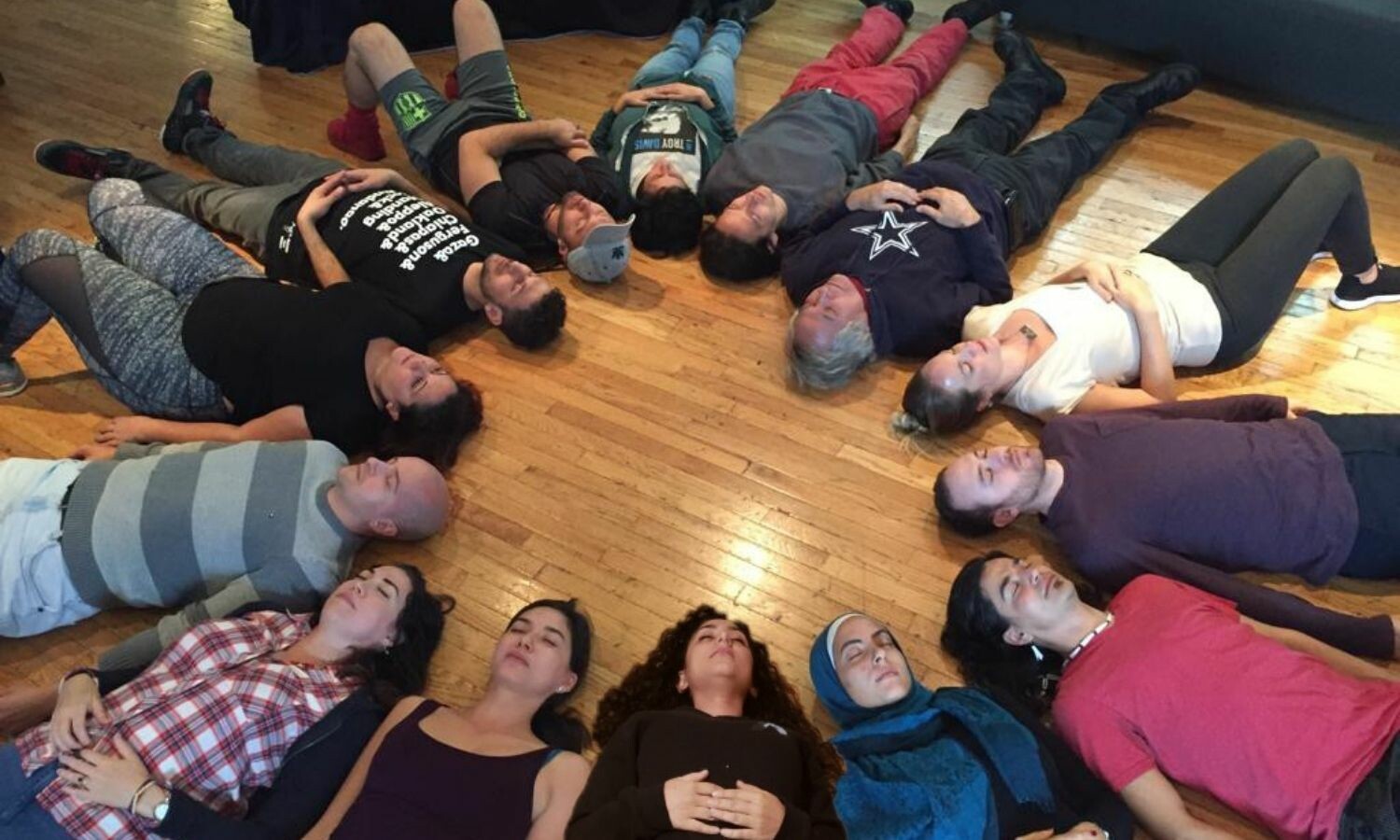

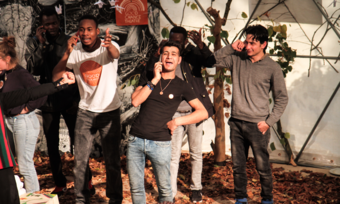

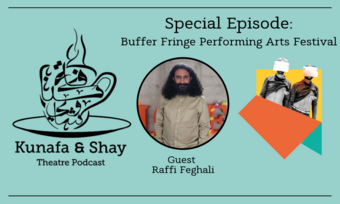



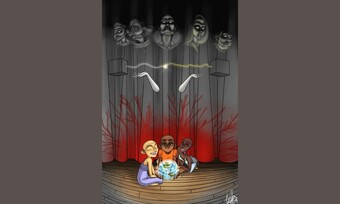


Comments
The article is just the start of the conversation—we want to know what you think about this subject, too! HowlRound is a space for knowledge-sharing, and we welcome spirited, thoughtful, and on-topic dialogue. Find our full comments policy here
Just seeing this excellent piece. Thanks for posting! Will look to incorporate into my theater class.